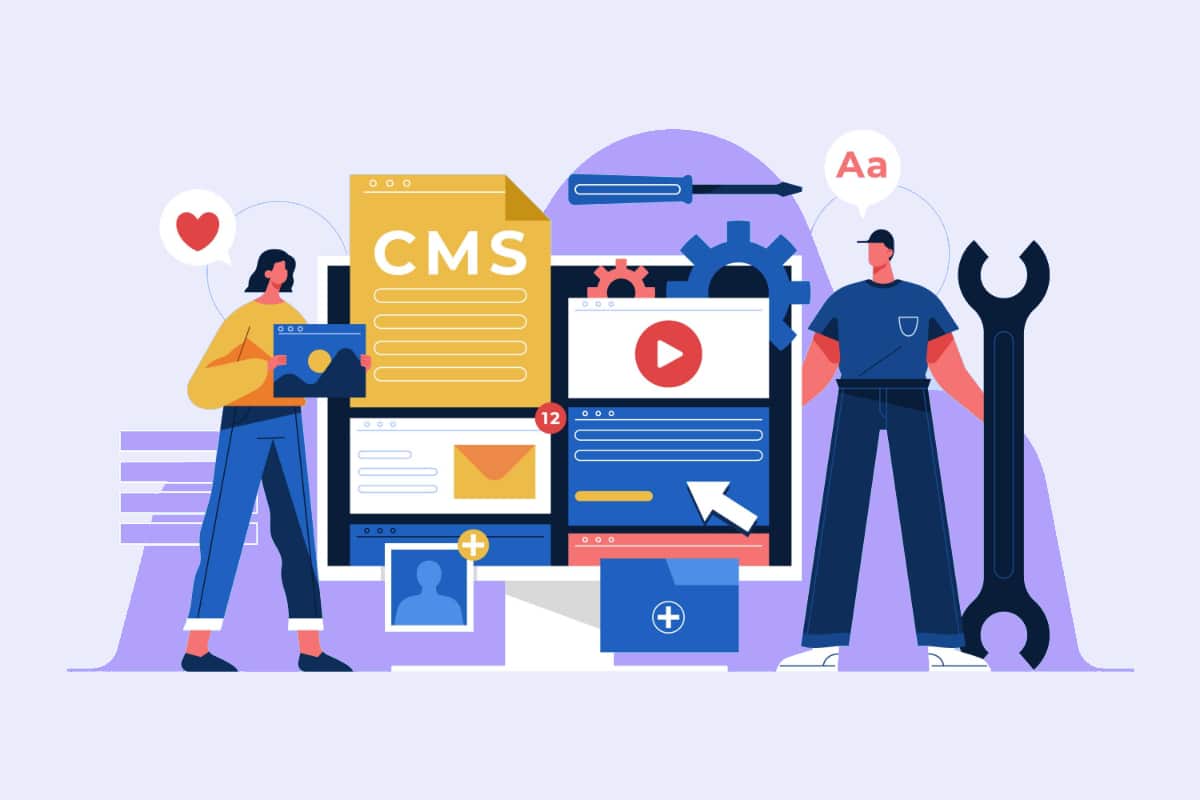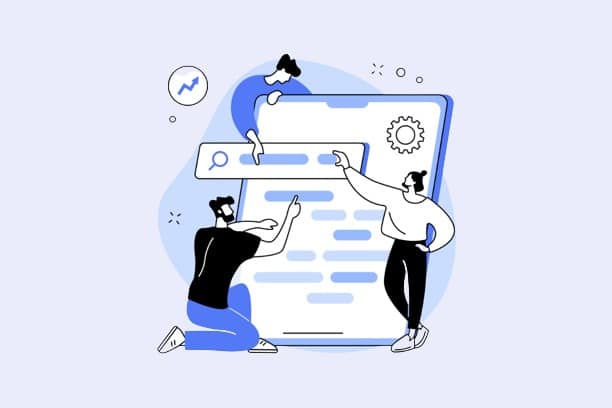In 2023, content is more than ever king in the world of natural referencing on Wordpress. Google and other search engines are more and more demanding in terms of quality, and semantic optimization has become one of the key elements to obtain satisfactory results. Indeed, the algorithms are more and more sophisticated and able to understand the context of Internet users' requests to provide them with relevant results.
With the latest update of the Link Spam Updatethe balance of power between netlinking and content will also change. Sites with quality links but poor quality content will have less and less chance to rank well in search results. It is therefore essential to focus on creating quality content to get a good ranking.
Semantic optimization consists in structuring your content in such a way that it is understandable for search engines, but also for Internet users. It is therefore about writing quality content that meets the needs of users while respecting the requirements of Google, Bing, Yahoo, etc. This article explains in detail how to write SEO content that ranks by working on its semantic optimization.
Key words
In order toeffectively optimize your content for search engines, you will need to target keywords relevant to your topic. Keywords are the terms that users enter into search engines to find results relevant to their query.

Search for relevant keywords
To find the right keywords, it is important to understand the queries your users enter on Google, Bing, etc. There are online tools such as Google Keyword Planner, Semrush, Ahrefs and other tools that allow you to see search volumes for different keywords and find related keyword ideas. It's important to target keywords that are relevant to your topic, rather than generic keywords that may attract unqualified traffic.
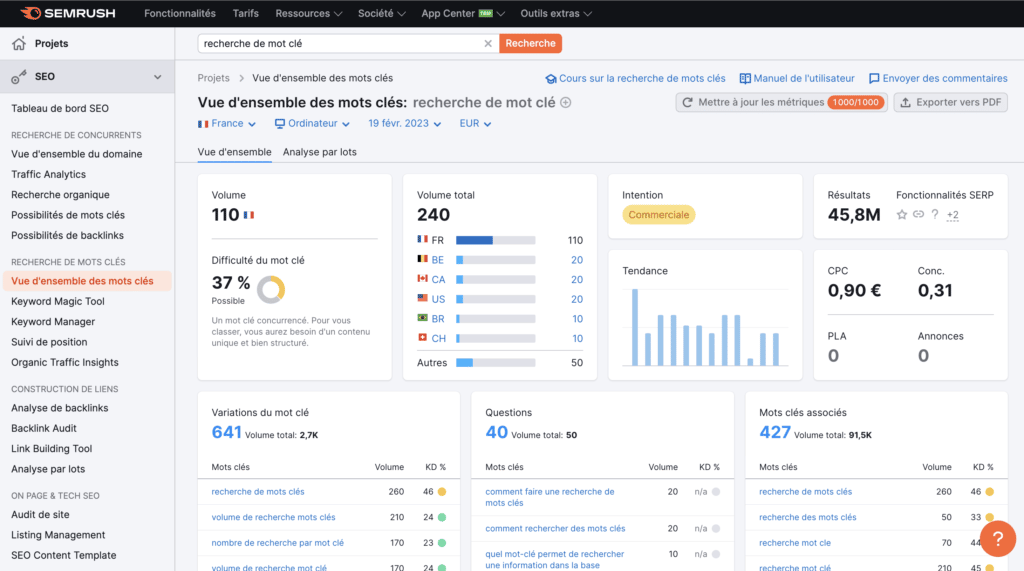
The analysis of your competition's sites is also an additional track not to be neglected. Indeed, they have already prepared the work for you, so why do without?
Effective use of keywords in content
Once you have identified the relevant keywords, it is important to use them effectively, in a natural way and not to force their use. This means using synonyms and related terms so as not to repeat the same keywords too often. It is also important not to use too many keywords in one paragraph, as this can be considered "over-optimization" and penalize your ranking.
Effective use of keywords in the title tag, meta-description and Hn headers
The optimization of the title tag and meta description is essential to obtain convincing results. These elements are the first details that users see when they browse on search engines, so it is important to write them in a catchy way but they must also be optimized for SEO with a judicious choice of targeted keywords.
Understand that, on Google, the appearance of the title and description greatly influences the desire of users to click or not on your result; which has a direct impact on your CTRs and therefore on the traffic that comes from it. Work carefully on the writing of these tags to maximize their impact.
Semantic optimization according to the Yourtextguru guides
Yourtextguru is a useful tool for semantic optimization of your content. It provides guides for specific queries that include all relevant keywords related to the semantics of the given query. This allows you to understand the most used terms relevant to your topic, helping you optimize your content.

Yourtextguru also offers to test your content for a rough score of positive and negative SEO. This lets you know where you are and where you still need to work. It is important to note that Ytgis not Google and does not know exactly what the ideal recipe for high rankings is. It simply relies on the averages on the first page of search results to evaluate your content.
Use of keyword themes
Yourtextguru is based on the importance of using keyword themes to improve semantic relevance and search engine ranking. Keyword themes are groups of keywords that have a strong semantic link between them and are related to a particular topic.
Use of long tail keywords
Yourtextguru also emphasizes the importance of using long tail keywords to improve semantic relevance. Long tail keywords are longer, more specific search queries that typically contain multiple words. They are often used by users looking for specific and detailed information. By using long tail queries in your content, you can show search engines that your content is relevant to these specific queries and attract highly qualified traffic.
The structure of the content
The importance of page structure for search engine rankings should not be underestimated. Headers, paragraphs and the overall presentation of the content have a direct impact on the user experience and therefore on SEO.
Use Hn markup to structure content
Headers break down content into logical sections and give users and search engines an idea of how the page is organized. It is important to use appropriate level headings (H1, H2, H3, etc.) to structure the content and to fill them with relevant keywords. It is also important not to over-optimize by using the same keywords in all headers.
Use paragraphs to make content more readable
Paragraphs help make content more readable by breaking it down into smaller, easier to understand pieces. It's important to think ahead about everything that needs to be said and break it down into logical sections for a better user experience. It's also important to keep the paragraph length appropriate so that the content isn't too dense.
The substance of the content
TheHCU update (for Helpful Content Update) is an update to Google's algorithm that aims to favor quality content in search results. This update uses a classifier to automatically identify low-value content through a machine learning model. Websites with large amounts of useless content will perform worse in search, content strategy should focus on truly understanding its audience, truly experiencing the topic, and offering help to solve its biggest challenges. Brands that will optimize their content to concisely answer specific questions are rewarded with a front page placement.
Internal and external links
The internal mesh
Internal linking is the art of creating links between the pages of your site to improve the navigation of your users and enhance the relevance of your pages in the eyes of search engines. It is necessary to create a logical and reasonable internal linkage for users, with relevant and judiciously placed links. At the very least, you should ensure that each page of your site has at least one incoming link and in the best case you can engage in more elaborate linking strategies such as the semantic cocoon. Everything here is set up to allow users to discover your content by exploring your site, but also for crawlers.
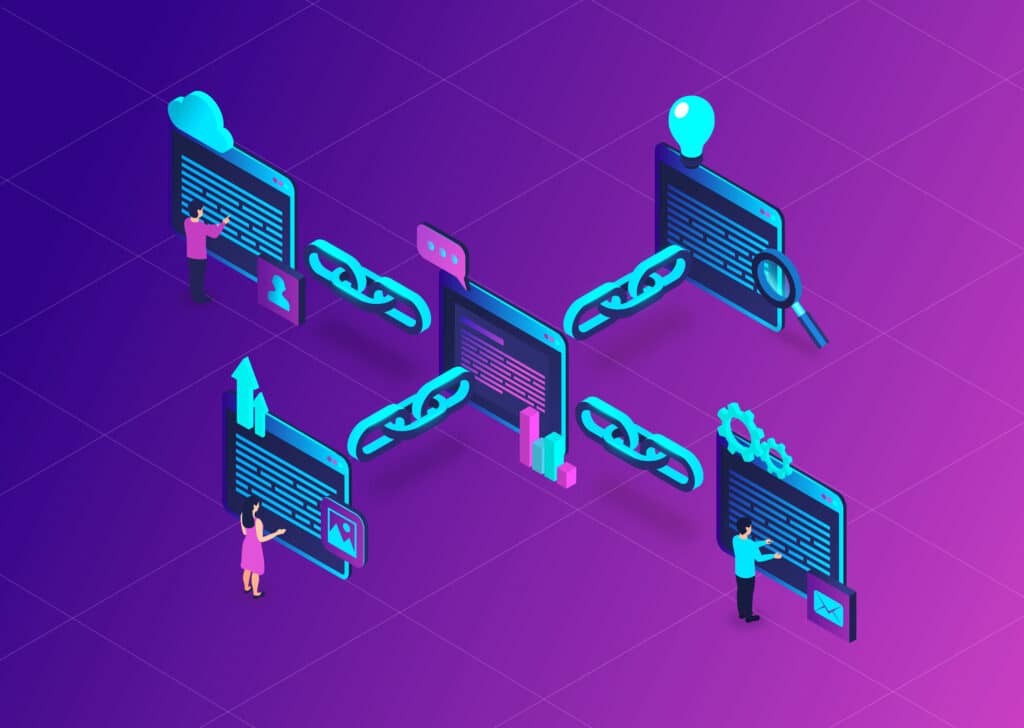
The concept of Pagerank
The Pagerank is an algorithm used by Google to evaluate the relevance of a web page. It is based on the idea that the links pointing to a page are votes of confidence for this page. The more links a page has pointing to it, the higher its Pagerank will be. Hence the usefulness of creating an internal linkage that spreads the " juice " of the Pagerank from page to page using internal links.
External links
External links are also important for improving your site's ranking. Links to your site from quality and relevant sites tell search engines that your content is also relevant and quality. It is therefore vital to develop a strategy to get quality external links to improve your site's SEO. This can be done by creating quality content that naturally attracts links, investing in netlinking, participating in forums and partnering with other sites.
Images and media
Using images and media is an important part of improving user experience and SEO. In addition to giving additional elements of understanding to search engines, you improve your bounce rate by making your article more attractive. Here are some tips for optimizing these elements:
Image optimization for Google
- Use alt tags to describe images. Search engines can use this information to understand the content of the image, which can improve ranking.
- Use descriptive file names for images. This can help algorithms understand the content of the image.
- Use appropriate dimensions for images. Images that are too large can slow down the page load time, which can hurt the user experience and ranking.
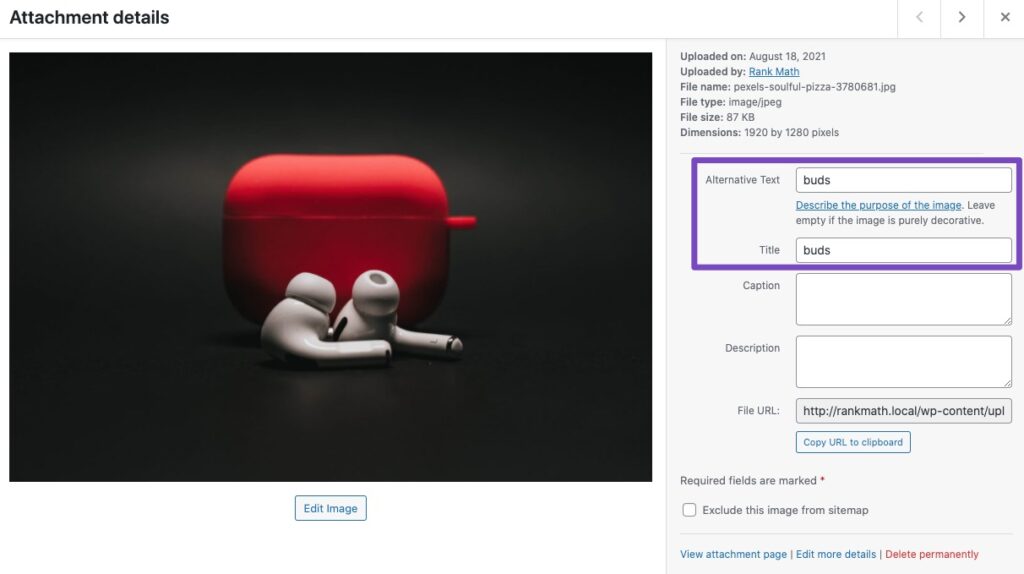
Optimization of images for user experience
- Use high-quality images to reinforce your message and enhance the user experience.
- Use images to illustrate ideas or concepts in your content. This can help users better understand your message.
- Use images to attract users' attention and encourage them to read your work.
In summary, the best practices for SEO optimized content
In summary,semantic optimization is a key element to achieving high performing SEO content. It is important to understand the importance of writing catchy and optimized title tags and meta descriptions, as well as the effective use of relevant keywords in the text. Page structure, images and media, internal and external links are also important elements to consider to improve user experience and search engine rankings.
In summary, semantic optimization is crucial for effective SEO content. To improve semantic relevance and ranking, use keyword themes and long tail keywords, structure your content with Hn headers and paragraphs, optimize images with appropriate alt tags and file names, and use internal and external links to improve user experience, site authority and crawling. Avoid duplicate or artificially generated content, and keep up with the latest trends and semantic optimization tools to maximize results.
If, despite our explanations, you still don't understand how to write a performing SEO content, contact one of our collaborators; he will be happy to explain things more concretely and you will be able to attend a demonstration of ournatural referencing subscription service.

